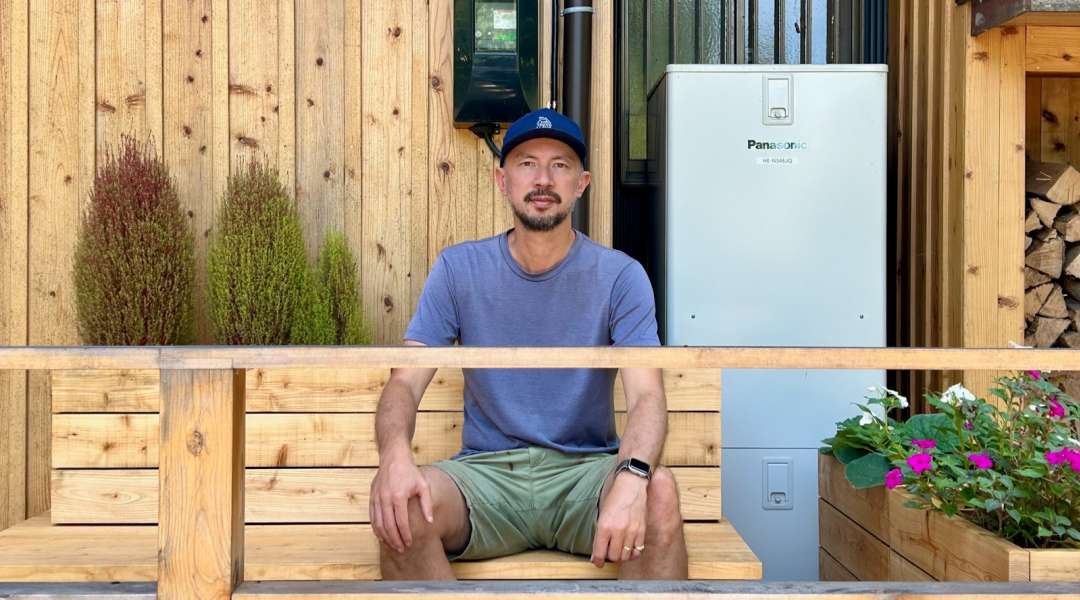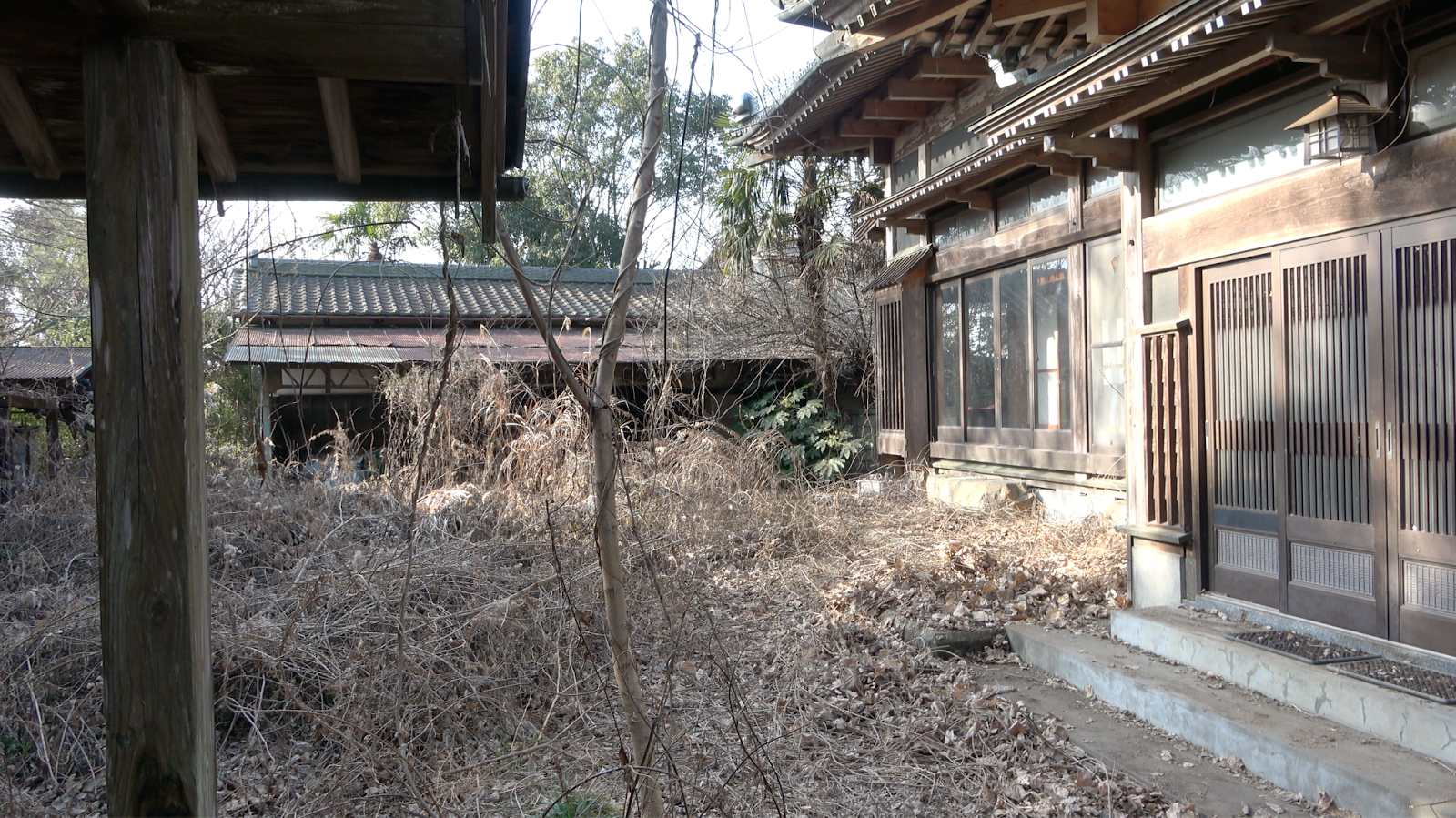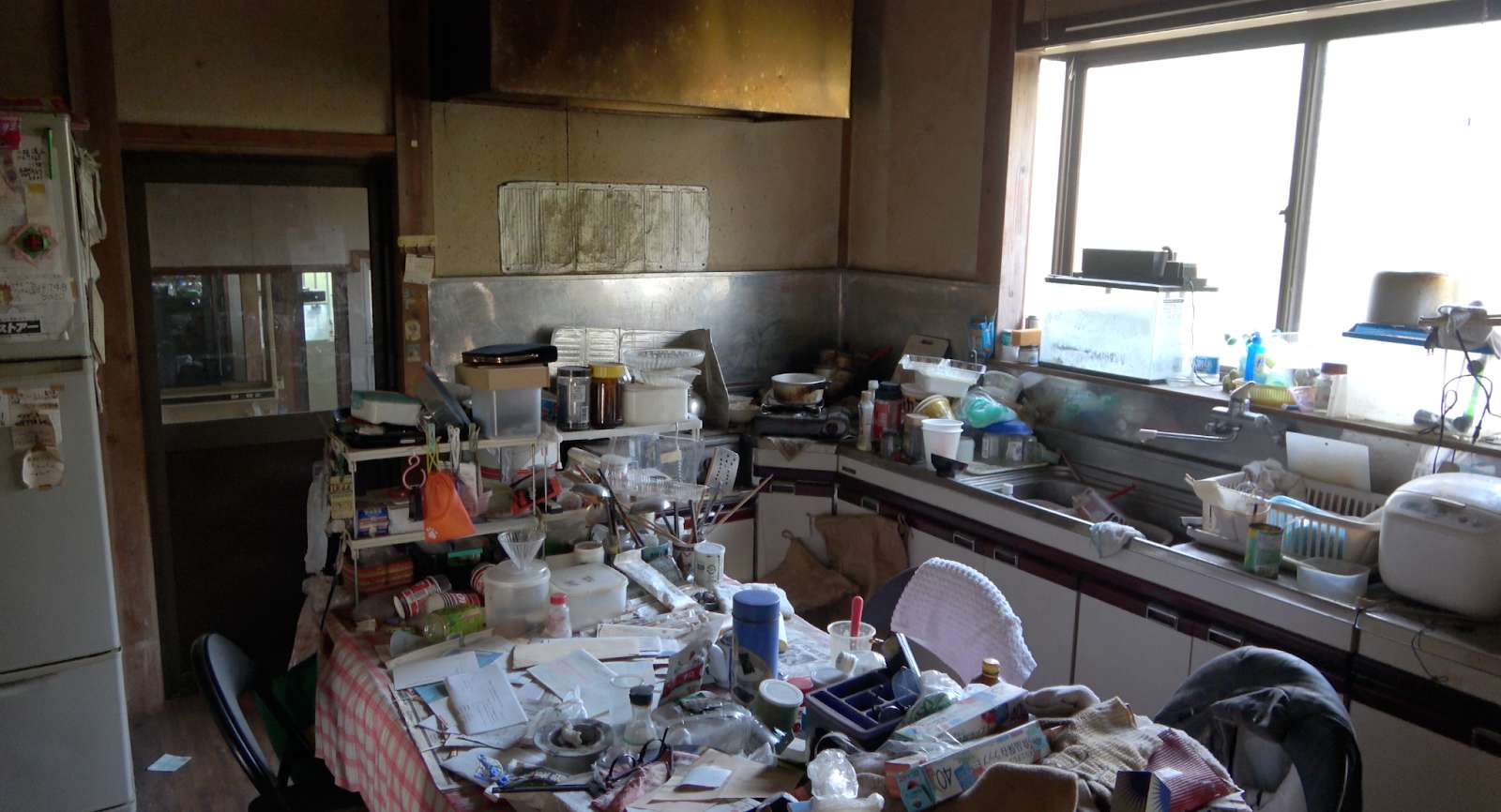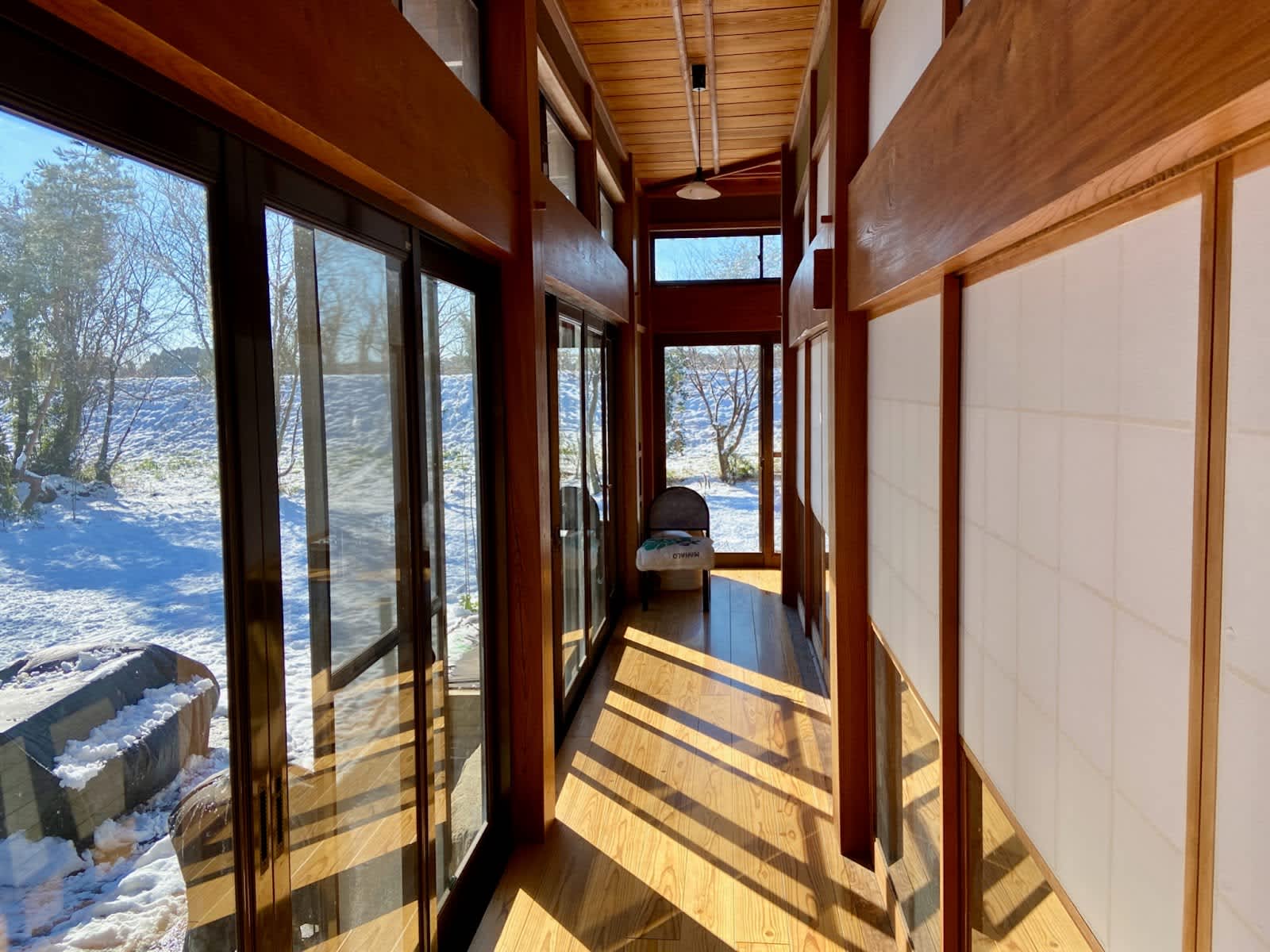

Hi Jaya, thanks for joining us today. First off, can you tell us a bit about yourself?
I’m Australian, originally from Melbourne. I met my wife, Chihiro, here in Tokyo while on a working holiday in 2003. After living in London for 10 years we returned to Japan with our twin boys (now 11) in 2017. In 2019, we bought a minka, a traditional style Japanese farmhouse, in Ibaraki - about an hour outside of Tokyo, that had been abandoned for over five years, and have been renovating it ever since.

For those who don’t know, what is the story behind ‘Tokyo Llama’? What inspired you to start the YouTube channel and how it's going?
I started the Tokyo Llama YouTube channel at the same time as buying the house, in order to document the renovation process as a memento for ourselves, as well as have a bit of fun learning to make videos and sharing with others who might be interested. I thought only a small number of people would watch but within 12 months the channel had over 100,000 subscribers, and currently has over 16 million views.
I’m still making videos on the ongoing renovation, but I’ve also started doing videos on other people’s renovations of Japanese houses and akiya (abandoned and vacant houses). So that’s been interesting to see how other people have done things, and given me good ideas for my own home too.

Looking back on your journey so far, what would you say has been the most challenging part of the renovation process?
That’s a good question. I’d say clearing the house and land of all of the junk and other items left behind when it was abandoned. Though there were certainly a few treasures that we came across, most things had to be thrown away. There were even two cars that we unfortunately had to scrap. Even now there is still some stuff that we need to dispose of. Fortunately, we had the help of my mother-in-law’s friends, but it has been a lot of work.

On the flipside, what has been your favourite (or even the most satisfying) moment?
The day we moved in, almost two years ago, though the house was still not complete (bedrooms hadn’t even been finished) was probably the most satisfying moment, as it had taken a lot of work and time to get to that stage.

Now, even though it’s still not finished (but we do have bedrooms!) the original features, such as the big wooden columns and beams, are spectacular, and we are happy with how the renovation overall has turned out.
Also, since one of the main reasons for buying the property was to give our kids a decent space to play in, I like seeing them and their friends utilising the house and garden.

If you could, what feature of a traditional Japanese house would you bring to the UK or Australia and why?
I think the engawa, the open hallway or closed porch that runs along the outside of the house, is my favourite feature. Not only does it look great with its views onto the garden, especially when it’s snowing, but it’s versatile too. It can be used as a sunroom to sit in and have a coffee (or beer), and is a convenient place to hang washing on a rainy day!

What advice would you give to first-time visitors who want to experience life in the Japanese countryside and travel more sustainably?
These days there is a growing number of old traditional Japanese houses that have been saved and renovated into hotels and guesthouses in rural areas more off the beaten track. I think it would be interesting to spend 2-3 days there.

I’ve visited a few in Tochigi and Shikoku that are foreigner friendly, and that can help organise nearby activities based on local traditions, and where you can eat meals made using locally sourced ingredients that you can’t get at typical Japanese restaurants in Tokyo, let alone overseas!
Thank you for talking with us!

Make sure to subscribe to Jaya's YouTube channel, Tokyo Llama for the latest renovation updates, projects and travels to other renovations around Japan.

















































